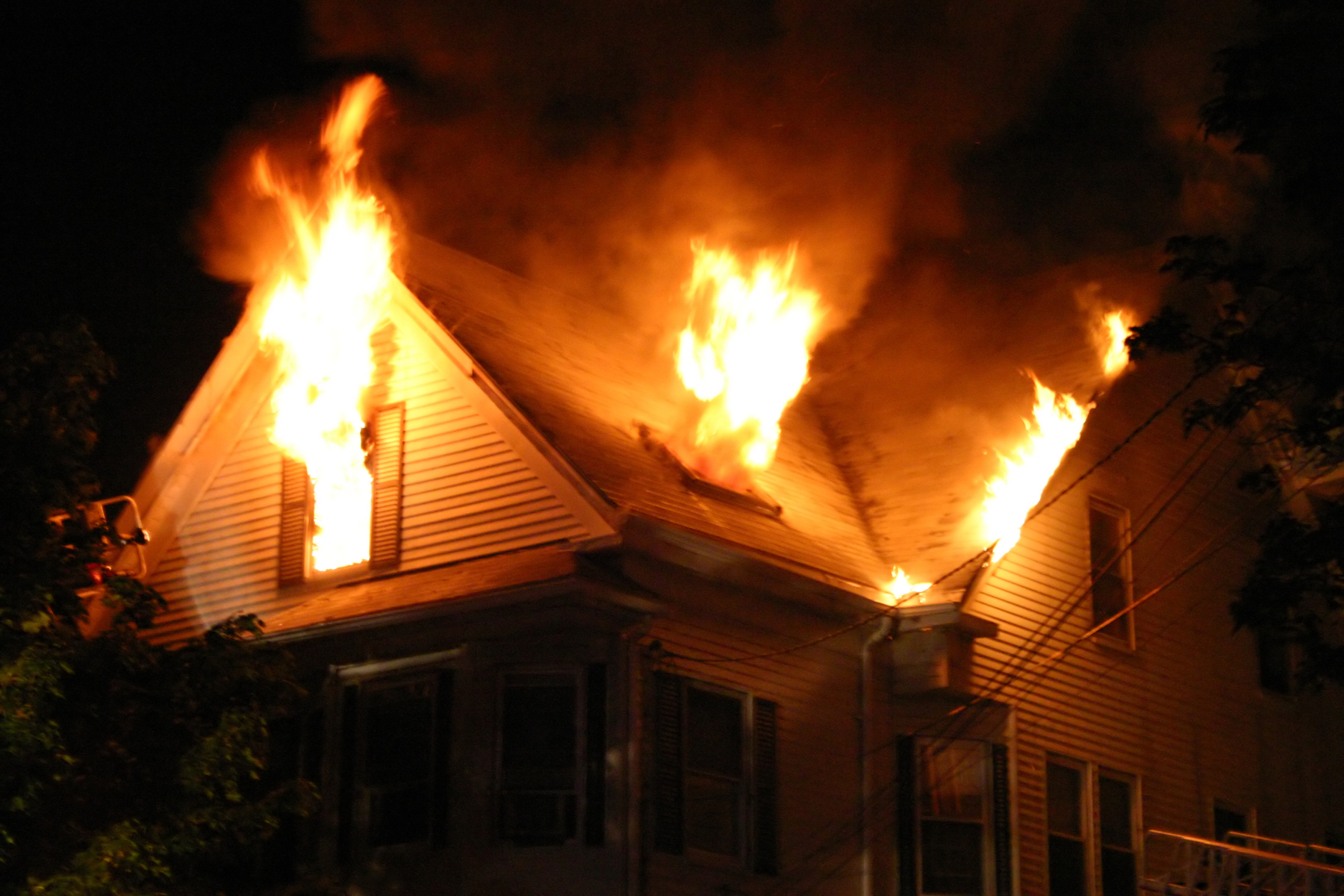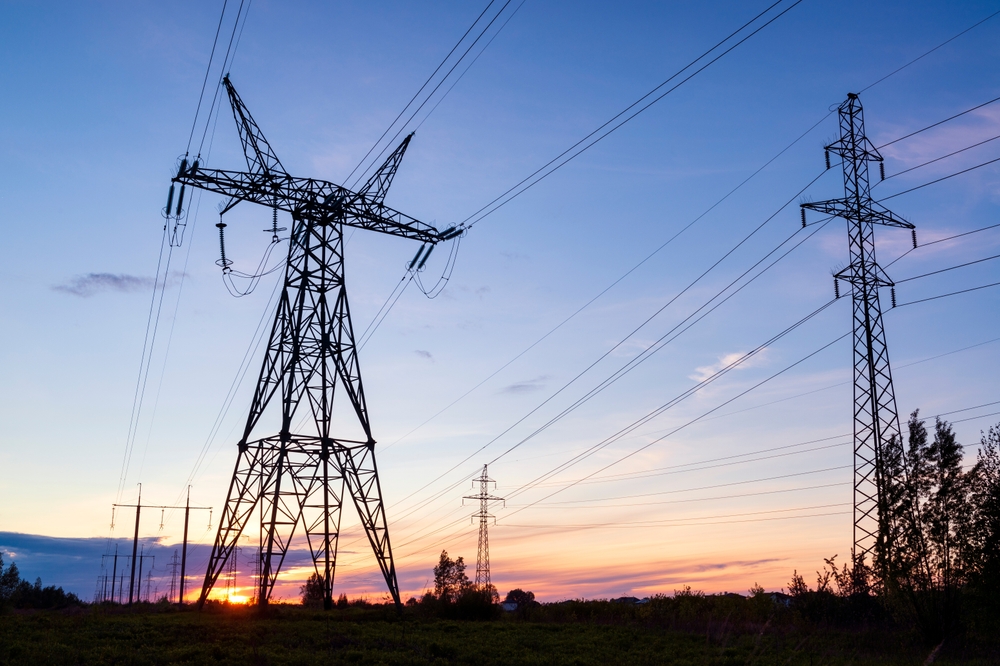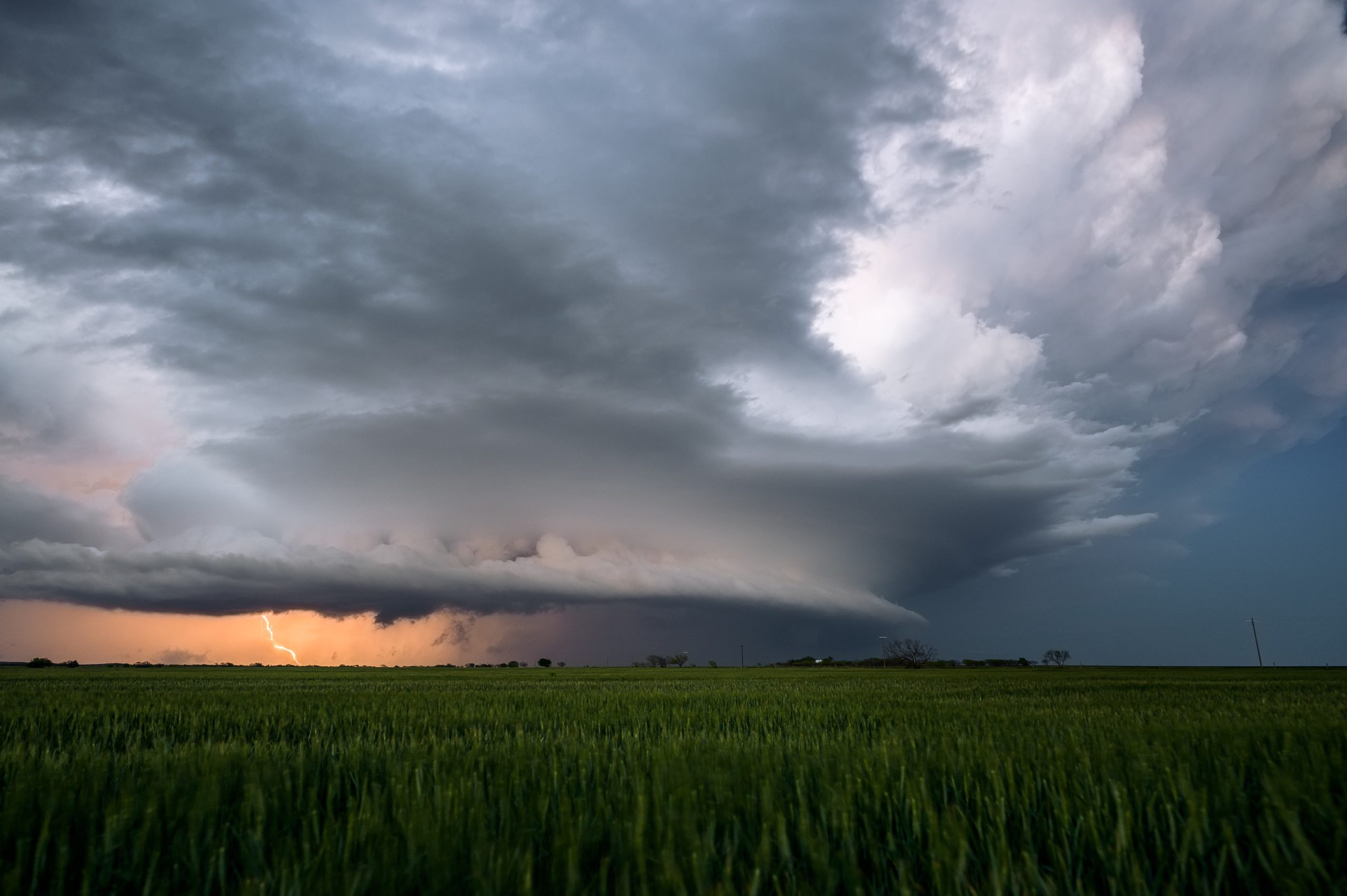Fire safety plans are critical for safety in the workplace. These plans are more than just good safety procedures — they are required as part of state and local fire codes. This is why every workplace needs a fire safety plan and should be performing periodic drills. These requirements mean most workers quickly become familiar with the safety plans, evacuations, and safety equipment and are prepared should the worst happen.
The skills and safety knowledge employees gain from these fire safety plans have an equally important use outside of the workplace. The same techniques, tools, and preparations that make these plans effective for organizations can be used at home to help protect worker’s most valuable assets — their household and families.
Not every piece of an organization’s fire safety plan will make sense for home use. However, the major aspects serve as key pillars workers can use to build out their own at-home fire safety plan. Having a home fire safety plan means being proactive and prepared for a time when every moment counts.
Evacuate
Home fire safety plans need clear directions on how and where to get away from a fire emergency. Panic takes over in the face of danger when there is a lack of established plans. This leads people to either freeze up at the sight of danger or to flee without thought. But the first reaction to backtrack away from the source of the threat often leads to being trapped on roofs or stuck in second-story rooms without a way to get out or down.
Every member of the household should become familiar with multiple routes and multiple ground-floor exits in the event that a fire blocks off the most obvious or most direct route out of the house. There should also be an established and easy-to-remember meeting spot for everyone to gather at that is a safe distance away from the home. It’s also important to call for emergency services but dialing 911 should wait until all household members are in a spot away from immediate danger.
Communicate
The fire safety plan will only work if every member of the household is on the same page. This is why the plan should be regularly explained and practiced until it becomes second nature or muscle memory for everyone. This helps overcome that natural panic response triggered during a real emergency.
Regular communication is important outside of the plan details as well. Family members should be aware of everyone’s typical schedule to know who is or isn’t home in the event of an emergency. This allows for a more accurate headcount at the emergency meeting spot and saves precious time during evacuation versus searching the house for someone who wasn’t at home to begin with.
Delegate
Everyone has a role to play in a safety plan. Making one person in charge of too many tasks during an emergency will bottleneck the plan and only lead to more trouble. Spread out the emergency response tasks equally and with everyone’s relative skill set in mind. The person who is responsible for the headcount at the central meeting spot doesn’t also need to be responsible for calling 911.
Equip and Educate
Everyone should be familiar with what is expected during an emergency. This includes being able to identify when the carbon monoxide alarm is going off or when to use a fire extinguisher. Because there’s no guarantee that a full team will be around to help in a moment of crisis.
Homes should be equipped with fire extinguishers, smoke detectors, and carbon monoxide detectors. All of these items should be kept up to date and checked to ensure they’re in working order. Everyone in the household should know where all the detectors are located, how to turn them off and test them, where all of the fire extinguishers are, and how to operate one if needed. Because a detector without batteries won’t give an early warning and an extinguisher won’t help put out a fire until the pin is pulled.
Creating a home fire safety plan creates a personalized culture of safety at home. It empowers the whole household to be as ready as possible to stay safe in the face of danger. But it’s only as good as it is relevant. Keep the fire safety plan updated and run drills and checks to ensure everyone and everything is prepared. And consult with the safety professionals at Amerisafe Group for further tips and guides to stay safe — on-site, on the job, and at home.








